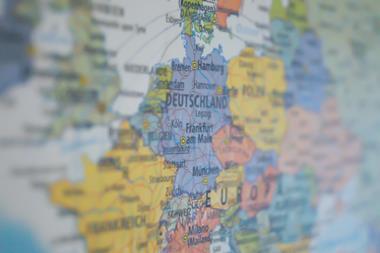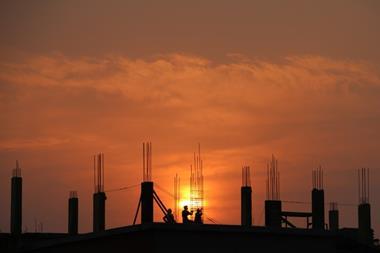Russian ministries have finally unveiled a range of changes to the mandatory second-pillar pension system, leaving confusion in their wake.
The contribution rate has been slashed once again.
Until now, workers born on or after 1 January 1967 have had 6% their of gross salary paid to either a non-state pension fund (NSPF), the fund run by the state-owned Vnesheconombank (VEB), or have this portion in the first-pillar Pension Fund of Russia (PFR) but administered by private asset managers.
The VEB fund is also the default option for the molchani (‘silent ones’) who failed to choose an NSPF or asset manager themselves.
As of the end of June, the VEB managed RUB1.7trn (€39.2bn), the NSPFs RUB887.6bn and the asset managers 34.3bn.
A law in December 2012, due to take effect at the start of 2014, cut the molchani contributions to 2%, with the remaining 4% moving to the pension fund run by the PFR.
This law is now to be ditched, with the molchani contribution slashed to 0% – on the reasoning that these passive investors have no interest in a funded system – although the decision deadline has been extended from the end of 2013 to 2015.
It has also been proposed to restrict the opportunity for workers to change their retirement fund from once every year to every five years.
More controversially, all second-pillar contributions in 2014 – some RUB244bn – will be frozen.
Vladimir Potapov, chief executive and global head of portfolio management at VTB Capital Investment Management, said: “The money will be retained by the state pension fund, and, judging by the finance minister’s recent statement, is supposed to become a sort of an air bag that will be activated in case an emergency breaking of the national economy occurs.
“But it is not certain at the moment. The retained saving can also be spent for social projects or can reduce the state transfer to the state pension fund budget in 2014.”
Russia’s economy, heavily dependent on oil and gas revenues, has slowed alarmingly.
According to the World Bank, this year’s GDP growth is expected to fall to 1.8%, the slowest rate since the 2009 recession.
This, in turn, has put pressure on government revenues, with the consolidated budget set to fall to a deficit.
Meanwhile, all the NSPFs will have to convert from their existing status as non-profit organisations to joint-stock companies.
The non-profit status lacked ownership transparency and was prone to many abuses including a major mis-selling scandal, and clients transferred on the basis of falsified documentation some 18 months ago.
In May, Russia’s Audit Chamber launched an audit into the performance of the NSPFs over the previous 10 years to calculate the profits they generated for their clients in relation to inflation, as well as uncover any illegal activities.
For some NSPFs, the conversion will be complicated.
“For aggregated reporting of holdings, which will incorporate pension funds, it’s quite probable that, instead of a big non-state pension fund specialised both in work with pension reserves and pension savings, we will see two funds,” Potapov said.
“One of them will be a joint-stock company, and the other one will stay as a non-commercial organisation and resume its work with pension reserves.”
He sees the 100-odd funds shrinking in number to 40-80, with the larger ones acquiring the weaker ones, along with their clients.
The converted NSPFs, along with the VEB fund, will switch to IFRS accounting standards and require licensing by Russia’s central bank, which, as of the start of September, took over pensions and other financial market regulations from the Federal Financial Markets Service.
While many NSPFs will have to leave the market, in principle, the change in their legal status is welcomed.
Alexander Lorenz, chairman of the council at Raiffeisen Pension Fund in Moscow, said: “We have been advocating for some time that this will be a good development.
“But do we need a freeze in contributions with all the negative repercussions for the local capital market?”
While president Vladimir Putin, who has the final say on these laws, has explicitly ruled out any ultimate confiscation of contributions, this freeze – alongside the uncertainty about whether they will be returned, and, if so, with any interest – will create untold headaches for the pension funds’ business models.
As Lorenz told IPE, in the case of pensions contracts signed in 2013 for next year, the funds will for now not receive any assets for the distribution costs they have already incurred, and no-one knows as yet whether the funds, pending central bank licensing, will be able to sign new contracts in 2014.
Under another new law, the newly licensed companies would be expected to sign up to a new guarantee scheme similar to Russia’s bank deposit insurance programme.
“It would alleviate some issues that have been hampering us for some time, such as having to provide long-term principal guarantees, that would allow us to invest long term,” said Lorenz.
The flip side is that the scheme would inevitably create additional bureaucracy and costs.
Lorenz said he was hoping for a general overhaul of the current second-pillar fee structure – 15% of investment income – to one that also factors in contribution levels and assets under management.














No comments yet